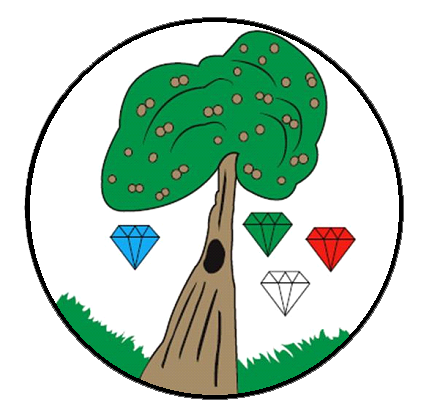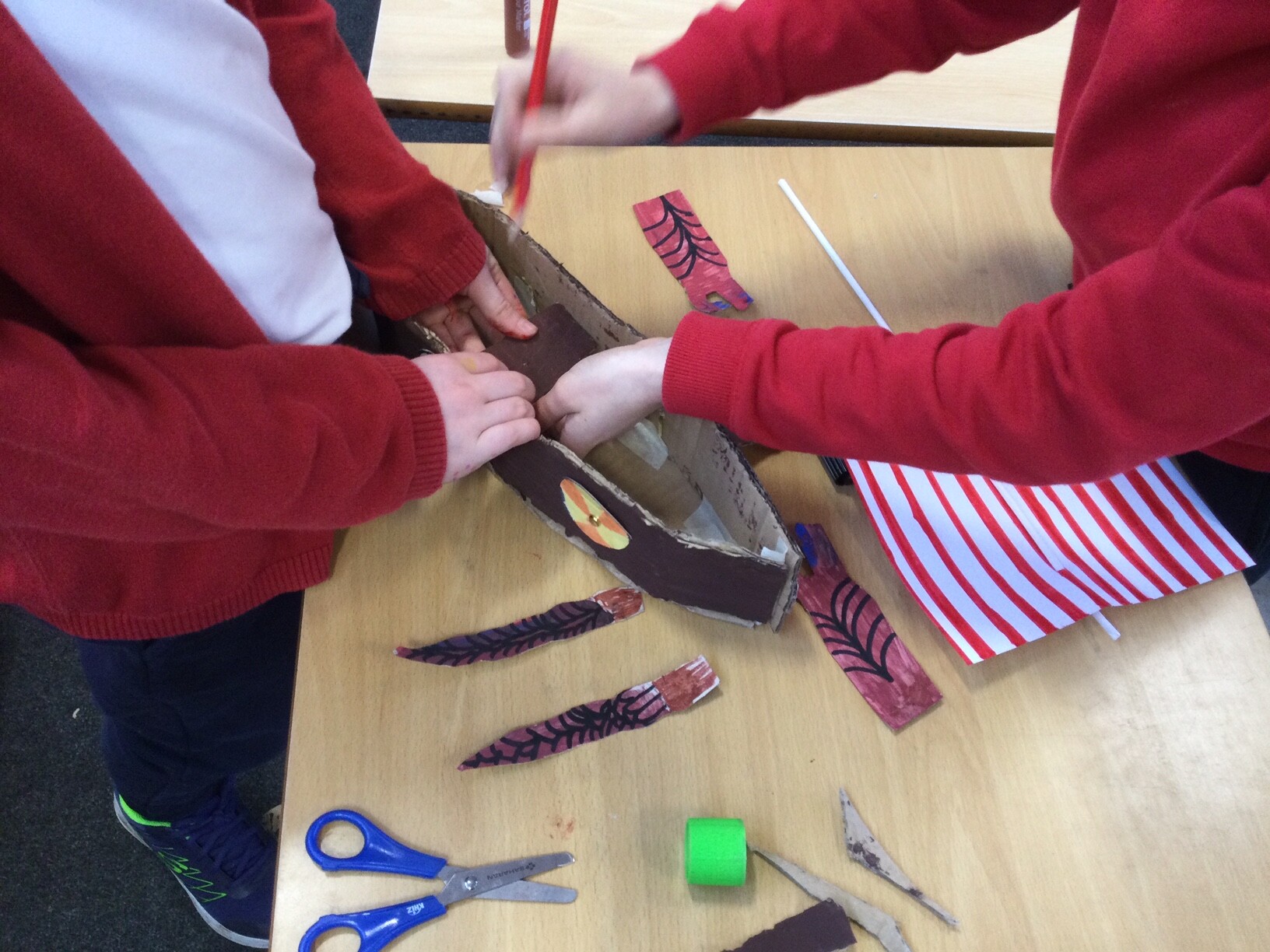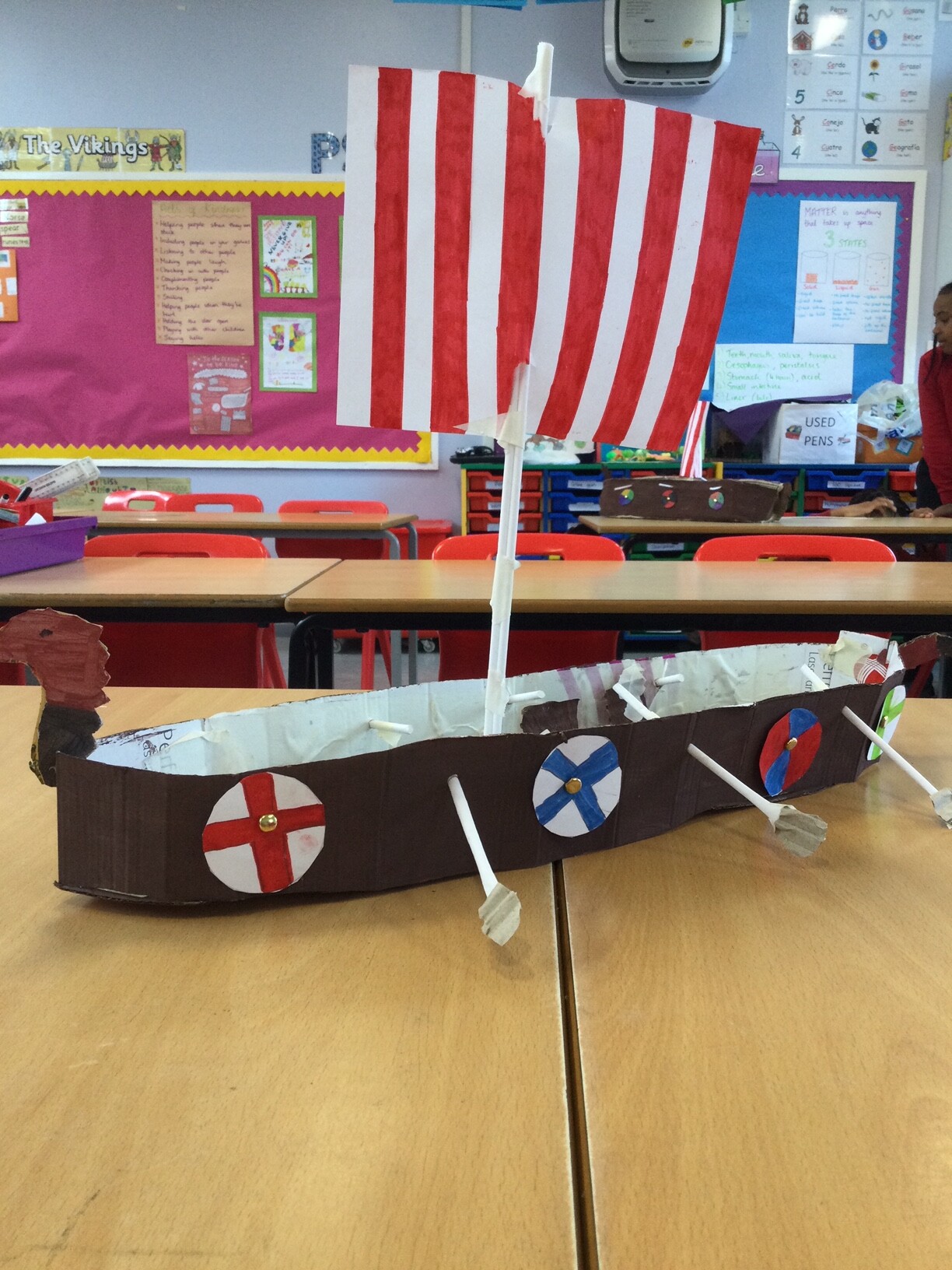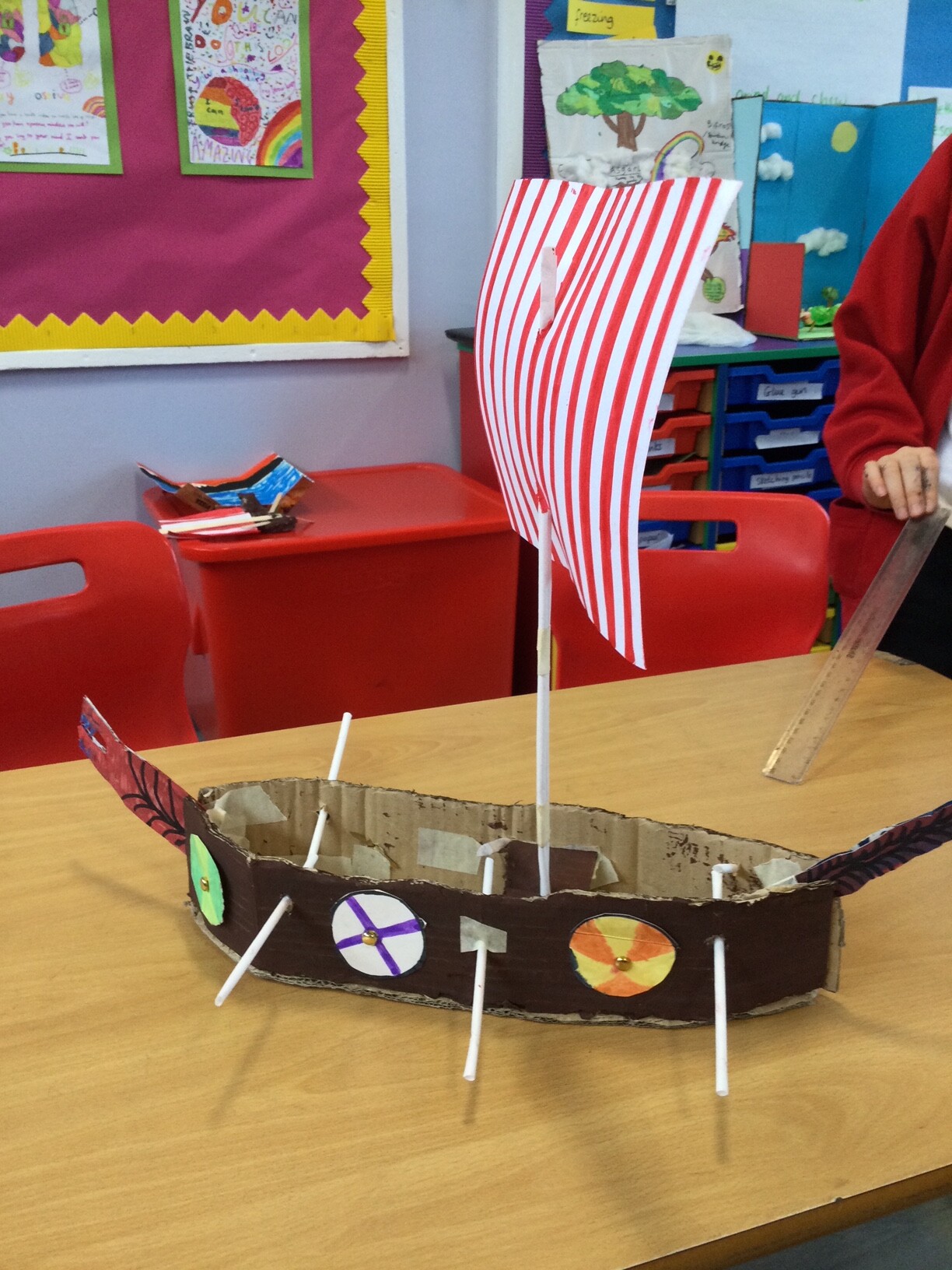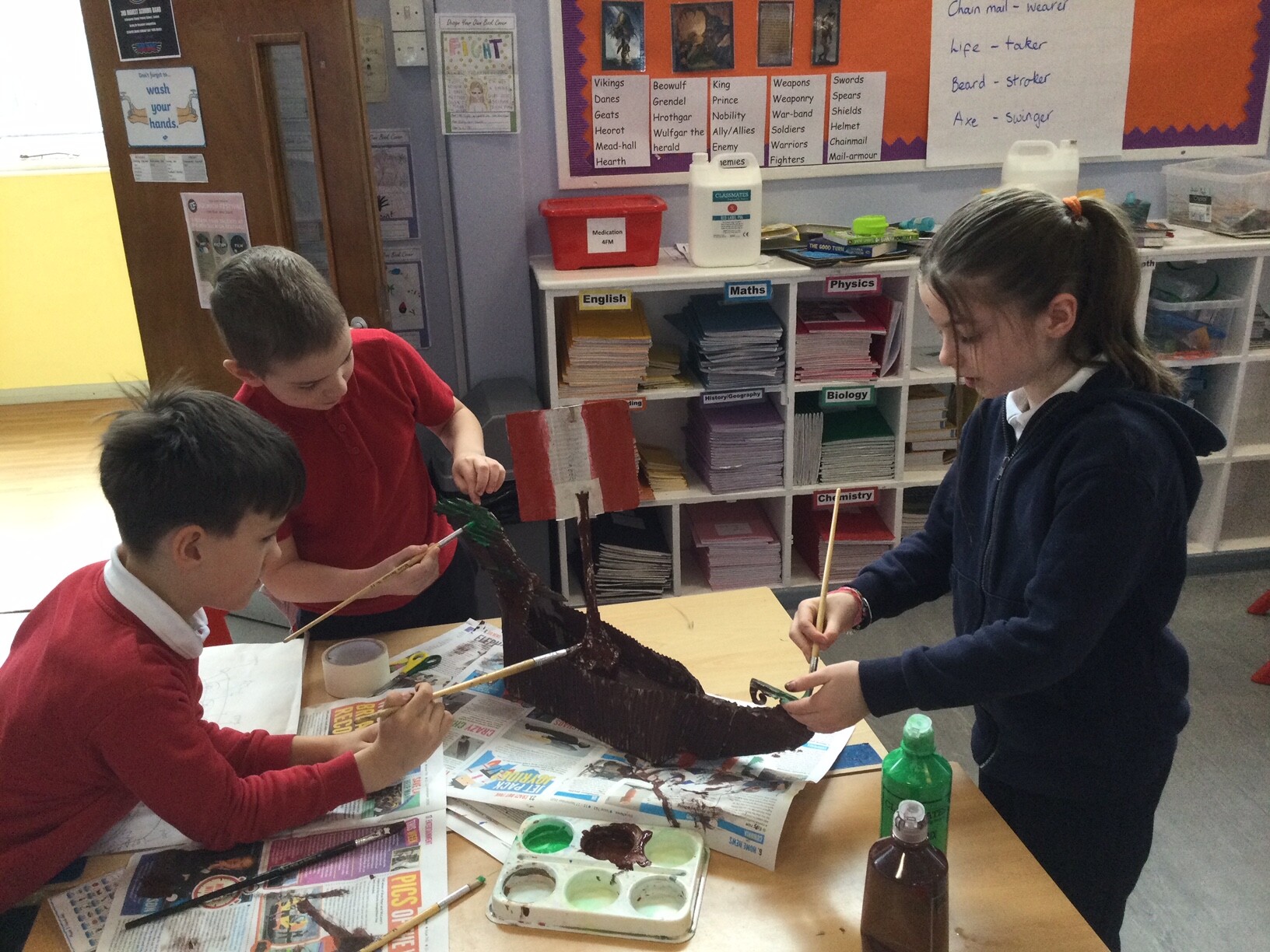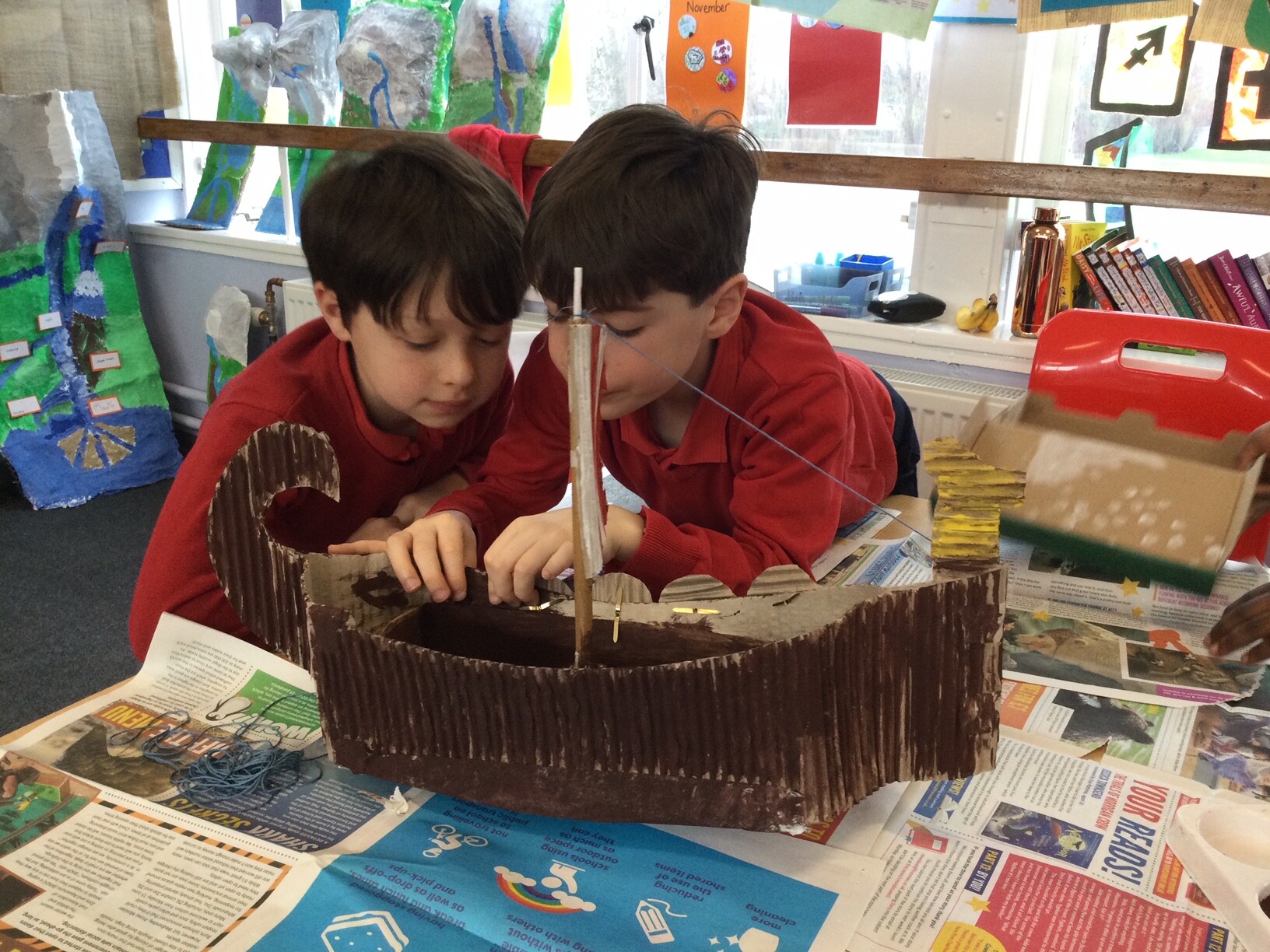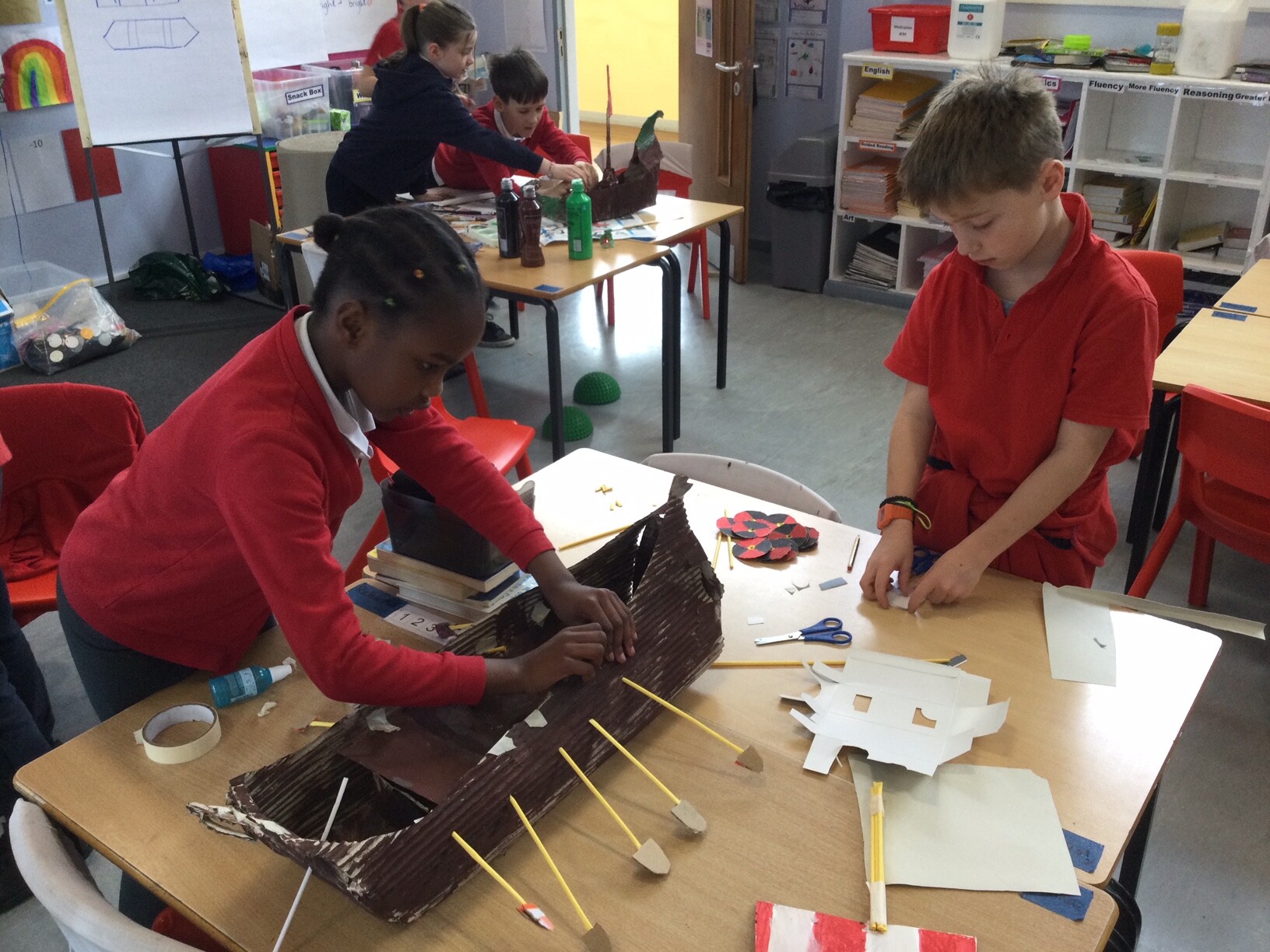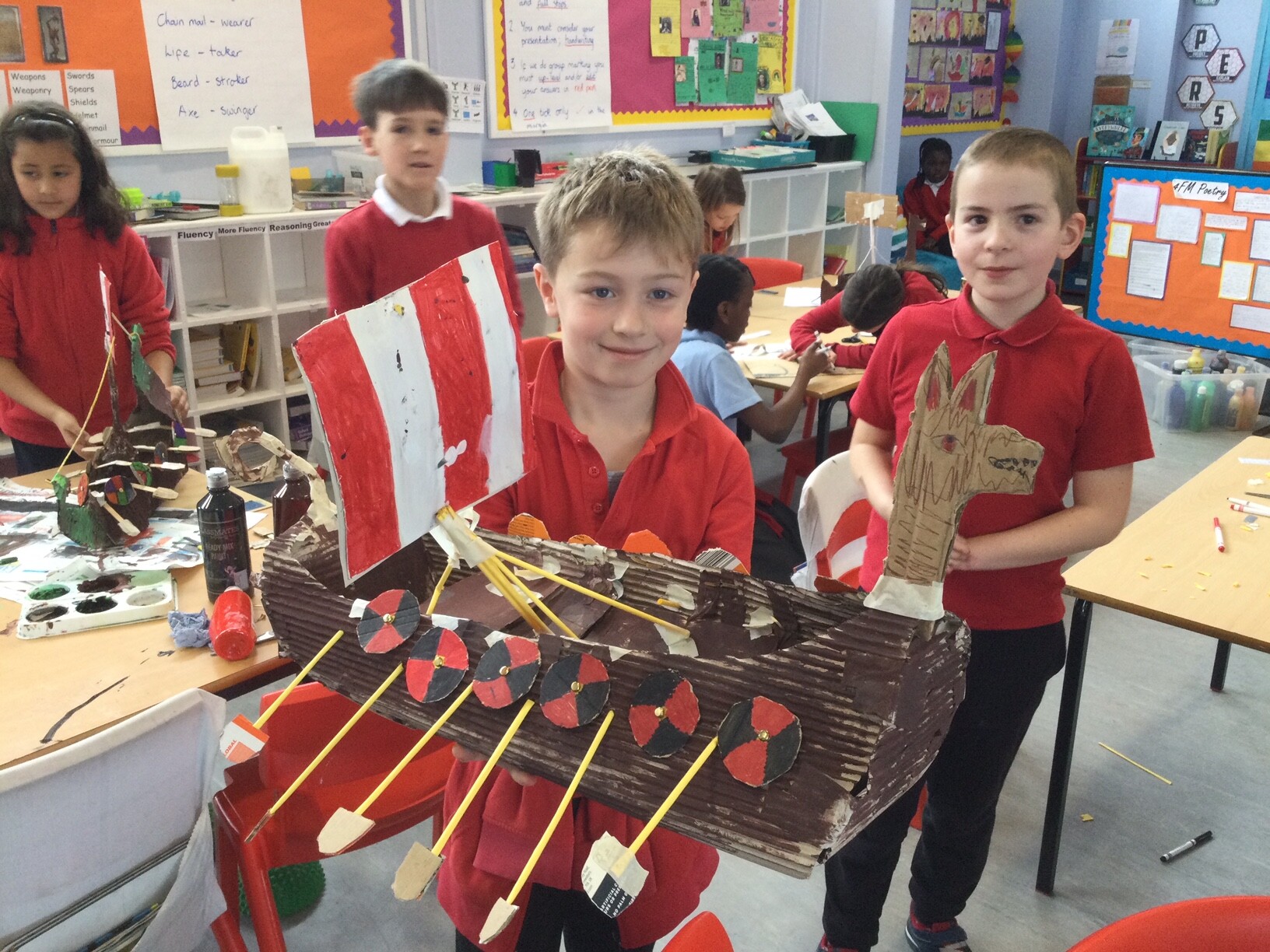Learning Hub
DT
Design Technology is a separate area of learning with cross-curricular link to a broad range of subjects. The DT curriculum encompasses a 2-3 day project- undertaken by each year group as well as Topic - Art and Design lessons which contain integrated elements of DT throughout the year.
Every half term, each class has a series of history or geography related DT lessons, in which the form, function, and materials of existing products is considered and methods to ensure joins, movements, and stability are taught. Here are some examples of our work.
Design and Technology in Early Years
Children in Early Years also begin developing early DT skills. They are introduced to simple tools and safe handling techniques, using scissors, tape, treasury tags, elastic bands, and split pins to connect materials. They explore junk modelling, construction resources, and loose parts to create imaginative structures. Through play-based activities, they learn how different materials can be joined, strengthened, or adapted to achieve a purpose. These experiences encourage problem solving, creativity, and the ability to plan, test, and improve their ideas, laying the foundations for more structured DT learning in Key Stage 1.
Year 1
In Year 1, pupils learn to design purposeful, functional, and appealing products based on simple criteria. They generate and share their ideas through drawing, talking, and modelling, and begin to use templates and mock-ups to support their designs. Children select and use a variety of tools and materials to cut, shape, and join, creating simple structures and textile pieces. They are encouraged to evaluate their products, discussing what they like, what could be improved, and how well their work meets the design criteria. These early DT experiences introduce pupils to the processes of designing, making, and evaluating with increasing independence.
Year 2
Year 2 pupils expand their DT knowledge by designing purposeful and appealing products for themselves and others. They explore existing products to inspire their ideas and communicate designs through drawings, mock-ups, and templates, sometimes using ICT. Children learn how to adapt their ideas when mechanisms or materials don’t work as intended, testing and improving their outcomes. They develop practical skills such as joining, cutting, and shaping, and explore nutrition, mechanisms, and textiles including stitching and appliqué. Pupils evaluate their work more thoughtfully, identifying strengths, weaknesses, and possible improvements. By the end of Key Stage 1, they can design, make, and evaluate with growing confidence, applying key technical knowledge across projects.
Year 3
Year 3 pupils develop greater independence in DT, researching ideas and using design criteria to plan purposeful products. They learn how to strengthen and reinforce structures, exploring mechanisms such as levers, pulleys, and cams. Clay and model-making projects give them opportunities to practise joining and shaping with accuracy, while a 3-day project on Egyptian shadufs introduces design engineering principles. Pupils are encouraged to test and evaluate their designs against criteria, adapting their work where needed and beginning to think critically about functionality and effectiveness.
Year 4
DT in Year 4 encourages children to design and make more complex models, using research to inform their criteria. They explore structures and mechanisms in greater depth, creating moving elements such as trap doors or rotating parts in their Roman amphitheatre project. Pupils also gain practical experience of food technology, learning about healthy eating, seasonality, and preparing savoury dishes. Clay, wood, Modroc, and other materials are used to plan and build models, with increasing independence in joining and strengthening techniques. Evaluation becomes more analytical, with children considering both function and user experience in their designs.
Year 5
In Year 5, pupils take on more ambitious projects that require problem-solving and creativity. They design and make products inspired by history and culture, including Roman shields, Viking longboats, and Mexican Day of the Dead models. Technical knowledge deepens through projects involving clay, Modroc, and electrical circuits, including coding with Crumble Kits to create movement or light. Pupils are encouraged to strengthen and reinforce more complex structures, select from a wider range of materials, and evaluate their work against clear design criteria. Their projects combine imagination with technical precision, preparing them for the challenges of Year 6.
Year 6
In Year 6, DT focuses on innovation, independence, and technical mastery. Pupils design and make products using research-driven criteria, working with prototypes, models, and computer-aided design. They explore advanced construction methods, mechanical systems such as gears, pulleys, and cams, and electrical systems including motors and circuits. A highlight of the year is the 3-day DT project, which combines anatomical models and theatre set or costume design. Pupils evaluate rigorously, considering function, aesthetics, and the views of others, while also understanding how design and technology have shaped the wider world. By the end of KS2, children are confident, creative, and skilled in applying both artistic expression and technical knowledge.
DT Projects
Following the success of topic related 3-day DT projects in Upper Key Stage 2, this year we intend to introduce this across both key stages. The extended DT projects give the children an opportunity to respond to a design brief, in which form, function and sustainability is considered, through team problem solving in a series of practical making sessions. Children are required to evaluate both their work and other's designs or products, and refer back to their original designs once their work is complete. They reflect upon what they have learn and what they would change to improve in the future.
In 2018, Year 5 teamed up with the Royal Institute of British Architects to design buildings for a city of the future city on Mars. The work, 'Exploring Boundaries and Space' was exhibited as part of the London Festival Of Architecture at the CGL gallery in East London.This project is now a key feature of the Year 5 curriculum.
This years Yr5 Future City Project was excellent - we were lucky to have the architect Lorna Edwards judging the entries and she was very impressed with the standard. Not only did the year5 students have to research the site specific criteria of Mars to inform their designs -they also had to think carefully about what they did not want to import from Earth - pollution and poorly designed housing were high on the list. The students also learned a lot of practical DT skills - attaching using flaps and glue guns, safe cutting techniques, and stabilising, reinforcing and creating curves with wood and wire. All of the groups worked really well together and lots of them reported back about how useful they found creating lists to delegate tasks. All of the groups tried to include electricity in their designs either using simple circuits or the Crumble kits - have a look at the gallery and videos.
Topic Homework
In addition, children are encouraged to engage with DT projects at home through the half termly topic homework.
Carnival
Each year in Summer 2, Bessemer holds its carnival – a yearly highlight – during which the Arts (including art, music, and dance) are celebrated. Art and Design Technology features heavily, with children using some of the DT skills and processes that they have learnt throughout the year to create 3D models, fabric banners, head dresses, among other creations, which are exhibited as part of the parade. It is a lively and colourful event, in which the whole school community comes together to celebrate the hard work of all the pupils throughout the year.
Child-Led Design Technology Opportunities
We are lucky at Bessemer to have the nature garden – a fantastic resource where children of all years are free to explore and engage in deep play construction. All children in Nursery and Reception have forest school sessions, as well as the opportunity to junk model and construct in their own classrooms and outside play spaces.
